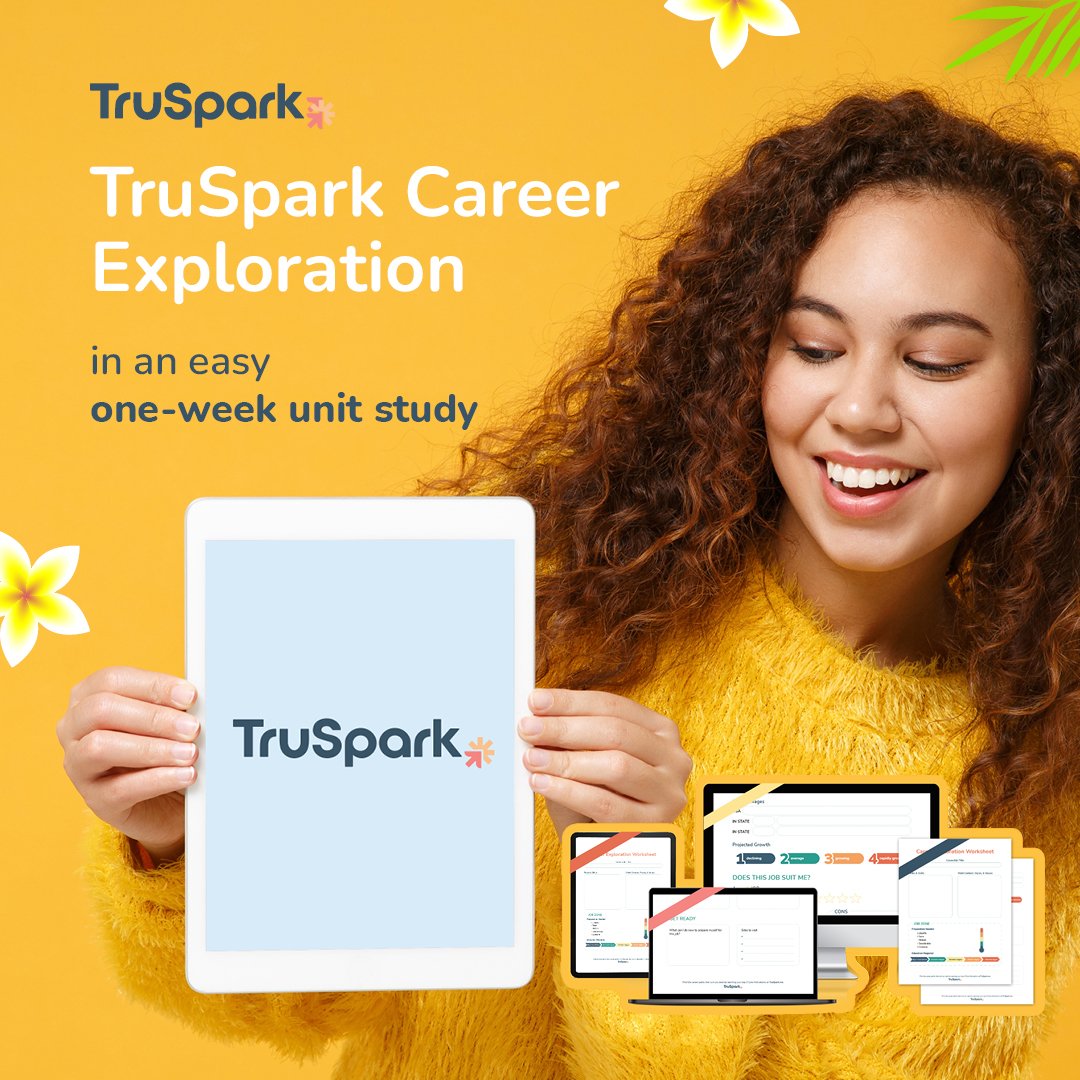We can’t have equity in computer science education without connectivity
In summary
Access to computer science education begins with closing the digital divide and ensuring all students have adequate broadband internet.
By Allison Scott
Allison Scott is the chief research officer at the Kapor Center, [email protected]. She is co-director of the Computer Science for California Coalition.
As 2020 comes to a close, the global pandemic has disrupted the ways students and families learn, work and communicate; computer connectivity has become a critical lifeline for everyone. As online life becomes our new normal, it is crucial that all Californians – especially our students – have access to both connectivity and computer science education.
Despite being home to the world’s tech capital, 1.5 million students in California lack adequate connectivity, and 60% of these students are Black, Latinx or Indigenous. Additionally, more than 2 in 5 students from low-income households have limited access to a computer or stable internet connection.
In search of a remedy to these unequal patterns of educational opportunity in online learning during the COVID-19 pandemic, numerous philanthropic efforts have launched and two lawsuits have been filed by community groups seeking accountability. But, much more action is needed from our state government.
This digital divide will have long-lasting effects on our students if we don’t act with urgency. Research from McKinsey & Company indicates that the lack of connectivity and quality virtual instruction will exacerbate existing achievement gaps, leaving Black, Latinx and Indigenous students an estimated 9-12 months behind. Furthermore, research from Kapor Center suggests that COVID-19 and the digital divide have exacerbated existing equity gaps in computer science education.
As we look toward the prospect of a fresh start in 2021, we need a holistic investment in the resources students and families need to access instruction, online resources and submit assignments: a computer and fast and reliable internet. But, we can’t stop there.
Just as absurd as it would be to advocate for pencils without teaching writing and literature, it’s insufficient to advocate for technology without engaging students in the computer science curriculum they need to build and create a new future. Closing the digital divide while expanding access to computer science education go hand in hand – both are foundational resources needed to prepare students to become trailblazers of a new technological frontier.
Now is the time for state leadership. State Sen. Lena Gonzalez, a Democrat from Long Beach, has introduced Senate Bill 4 to provide high-speed internet access for students most affected by the digital divide – Black, Latinx, Indigenous and low-income students. But we can do more to close the digital divide and expand equity in computer science education:
- Ensure “fast enough” broadband by households, not just students. In order to effectively learn virtually, students require adequate broadband connectivity. We must increase access to high-speed broadband with reasonable upload/download speeds per household, rather than per student, with technical support for families in multiple languages.
- Guarantee a 1:1 device to student ratio: Every student needs a laptop, preloaded with the necessary tools that can run video meetings. Although many students have connected to classes via hand-held devices, cell phones are not suitable for learning.
- Invest in teachers’ own connectivity and devices. Teachers need guaranteed high-speed broadband and equipment to design and deliver instructional content online, and are entitled to technical support provided by their school district – otherwise, students suffer.
- Teach students and families basic digital and data privacy protection skills. Students, families and teachers need digital literacy skills to safely navigate the internet, find and access information, and utilize digital tools to learn, work and connect with loved ones.
- Measure progress with transparency to ensure equity. We need transparent and centralized data-reporting on the progress of meeting localized technology needs for all students and households to help inform infrastructure deployments, investments and future policies.
Access to computer science education begins with closing the digital divide and ensuring all students have adequate broadband internet to learn and practice computer science skills needed for college, careers and civic participation. Despite best efforts made by districts, education leaders and the philanthropic community, the digital divide remains significant in California.
Among the many lessons we have learned in 2020, is that technology and connectivity should become a public utility for which everyone should have access. Let’s start the new year with the tools and resources every family deserves.







